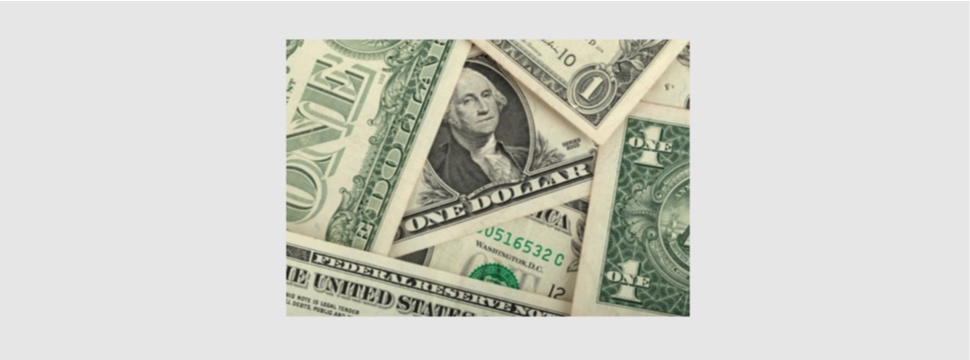Green dollars
News News blog
Have you ever wondered why dollar notes are actually green?

The US federal government began issuing paper money in 1861 for the first time since the Continental Congress. In the decades leading up to the Civil War, private, government-approved banks printed paper money, resulting in a wide range of denominations and designs.
The new notes that the US government then began circulating in the 1860s were called greenbacks because their backs were printed with green ink. This ink was a counterfeit-proof measure to prevent photographic forgeries, as the cameras of the time could only take black and white images.
In 1929, the government reduced the size of all paper money to cut manufacturing costs and introduced a standardised design for each denomination, making it easier for people to distinguish genuine notes from counterfeits. However, the small notes continued to be printed with green ink because, according to the U.S. Bureau of Printing and Engraving, the ink was abundant and durable and the colour green was associated with stability.










